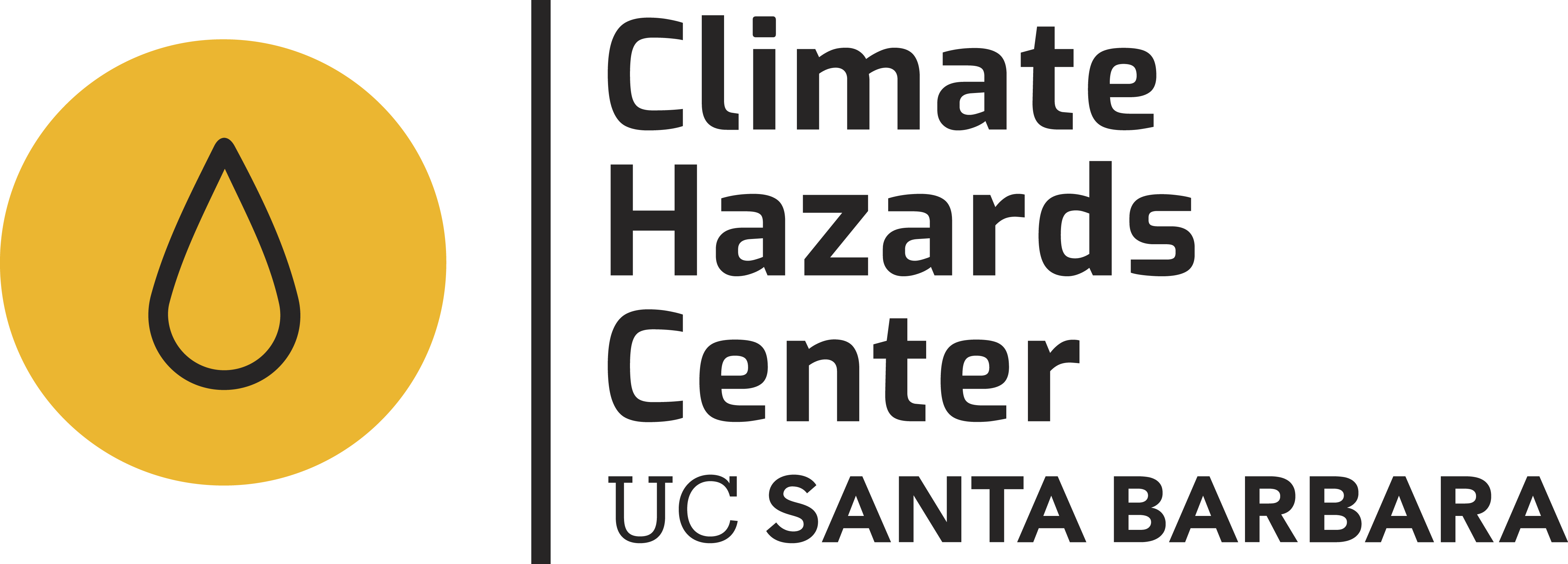"From California to Russia to India, drought affects countless lives every year, and can cause famine and civil unrest. Impoverished regions are the most susceptible to the harsher consequences of drought, where relief can depend on the generosity of foreign nations and agencies.
A new rainfall monitoring data set known as the Climate Hazards Group Infrared Precipitation with Stations, or CHIRPS, is designed to provide the earliest possible warning of drought to those who need it most. Developed in partnership between the University of California, Santa Barbara and the U.S. Geological Survey, CHIRPS combines Landsat satellite and ground station data from present and past to gain a better understanding of future rainfall patterns."
Originally published 05-24-2014
Related Link:
October 31, 2019 - 2:06pm
